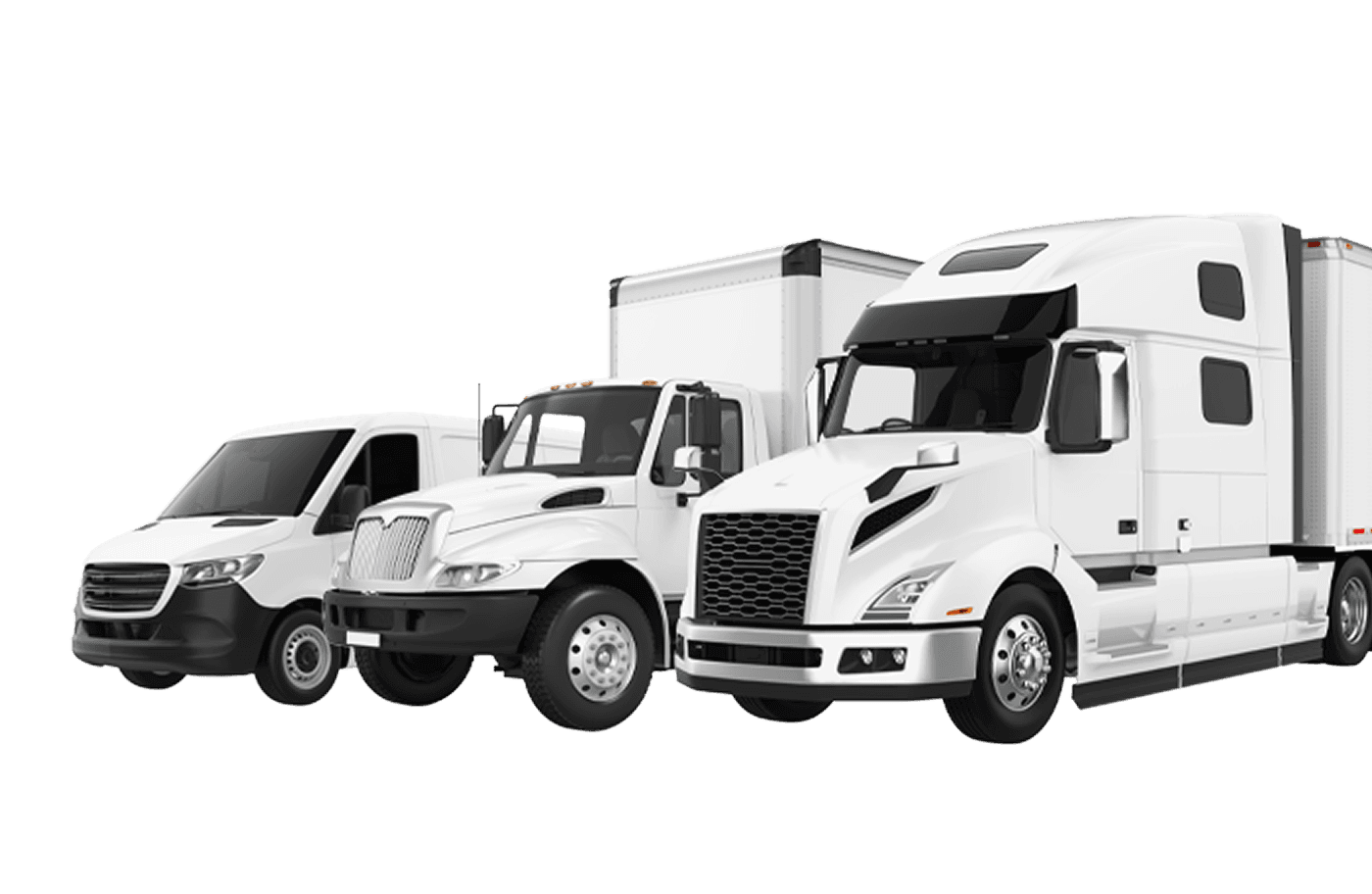Cross Dock Reno NV: The West Coast Gateway for Smart Transload Operations
How Reno transforms West Coast freight with smart, fast, and sustainable transload operations.
Unknow author
14 August 2025, 8 min read
Reno’s Ascent — From Desert Stop to Logistics Powerhouse
Tucked along the eastern edge of the Sierra Nevada, Reno, Nevada has quietly become one of the fastest-growing logistics centers in the American West. Once known primarily for tourism and manufacturing, it is now emerging as the West Coast’s smart transload hub — a bridge between the congested California ports and the open freight corridors of the Mountain West. The phrase “cross dock Reno NV” increasingly represents agility, efficiency, and the future of freight flow beyond the coast.
As California’s ports and warehouse districts reach their operational limits, Reno offers what the coast cannot: space, speed, and predictability. Its cross-dock facilities allow freight to bypass the delays of Oakland or Los Angeles, move inland rapidly, and continue toward Denver, Salt Lake City, or the Midwest. For carriers, brokers, and shippers alike, Reno has become the new first stop of the supply chain.
The Strategic Geography of Reno’s Cross-Dock Network
Reno’s logistics rise is driven by its strategic position at the intersection of I-80 and US-395, two of America’s most vital freight arteries. From here, trucks can reach San Francisco in four hours, Los Angeles in eight, and Denver in a single day. That flexibility has turned Reno into a regional command center for West Coast distribution.
The cross dock Reno NV ecosystem now spans Sparks, Stead, and Fernley — industrial zones purpose-built for high-velocity transload operations. Facilities here specialize in short-term staging, pallet rework, and multi-mode transfers, linking drayage operations from California ports with inland trucking fleets.
The geography is both symbolic and functional. Reno sits just high enough above California’s environmental regulations and labor costs to operate with greater flexibility, yet close enough to serve as an extension of the coastal import system. It is, in every sense, the pivot point between constraint and opportunity.
Bypassing the Bottleneck — Why Reno Works for California Freight
California’s logistics network remains under pressure. Port congestion, warehouse shortages, and rising operating expenses continue to stretch supply chains thin. Many shippers have responded by reconfiguring their routes: instead of unloading and storing freight in California, they transport containers directly to Reno for immediate transloading.
At cross dock Reno NV facilities, inbound freight is broken down, re-stacked, and loaded onto outbound trailers headed east — often within hours of arrival. This strategy eliminates the delays and costs associated with port-adjacent warehousing while preserving delivery speed.
The result is a leaner logistics cycle that transforms Reno into the unofficial “fourth port of California.” Carriers from Stockton, Oakland, and Long Beach now coordinate directly with Reno-based cross-dock operators to handle overflow during peak shipping seasons.
Technology-Driven Efficiency — The Rise of Smart Transload
What distinguishes Reno from traditional cross-dock markets is its embrace of technology. Facilities here aren’t just handling freight — they’re managing data. Real-time load visibility, IoT-enabled pallet tracking, and automated dock scheduling have turned cross dock Reno NV into a model of smart logistics.
• Predictive routing: AI systems identify the fastest outbound routes based on live traffic and weather.
• Automated staging: Digital queue management reduces idle truck time.
• Energy-efficient infrastructure: Solar-powered warehouses and electric forklifts cut emissions and costs.
• Integrated booking systems: Platforms like Freitty allow carriers to reserve cross-dock slots and view real-time availability.
Together, these innovations redefine what “cross-docking” means — not just physical transfer, but intelligent flow management.
Labor and Land — Reno’s Dual Advantage
Reno’s logistics success rests on two fundamental advantages: a skilled workforce and affordable industrial real estate.
Labor costs here remain 20–25% lower than in neighboring California, while the local workforce combines traditional trucking expertise with tech-enabled process management. Many operators have retrained warehouse staff in data systems and forklift automation, creating a hybrid workforce capable of running high-efficiency facilities with fewer delays.
Equally critical is land availability. The Reno-Sparks area continues to expand its industrial footprint, offering large parcels for logistics development at a fraction of California’s cost. Developers are investing heavily in multi-tenant cross-dock parks — shared spaces where carriers and 3PLs can co-locate for faster collaboration.
The combination of land and labor gives cross dock Reno NV a unique edge in sustaining fast, scalable growth without the saturation seen in coastal hubs.
The Environmental Perspective — Cleaner, Shorter, Smarter Routes
The move to Reno is not just economic — it’s environmental. Cross-docking freight inland reduces port dwell times, lowers idling emissions, and shortens last-mile travel. Trucks rerouted from California’s urban centers spend less time in congested zones, saving fuel and cutting CO₂ output.
Many Reno-based operators are incorporating sustainability directly into their service models: LED-lit warehouses, solar roofs, and battery-powered yard trucks are now standard features. The shift toward cleaner, smarter logistics aligns with broader national goals to modernize freight transport while minimizing its ecological footprint.
In short, cross dock Reno NV represents not only logistical progress but environmental intelligence.
Case Study — Turning Port Overflow into Velocity
During the 2024 peak season, a major importer of electronics faced a bottleneck at the Port of Oakland. Containers sat waiting for unloading, with warehouse space maxed out. By redirecting freight directly to Reno via rail, the company cut dwell time by 48 hours.
At a cross dock Reno NV facility in Sparks, the goods were deconsolidated, repacked, and shipped to Denver, Salt Lake City, and Phoenix within 24 hours. The company saved an estimated $60,000 in detention and demurrage costs in a single month.
This case exemplifies Reno’s value proposition: converting delay into momentum, and congestion into throughput.
The Road Ahead — Reno as a Model for Inland Logistics Expansion
The trajectory is clear. As West Coast supply chains evolve, Reno is becoming a prototype for inland logistics infrastructure. The model is being studied by developers in Arizona, Utah, and Texas seeking to replicate its mix of location, flexibility, and technology.
Looking ahead, cross dock Reno NV will continue to define the next era of smart transload operations. Its success demonstrates that the future of freight lies not at the ports, but in the intelligent inland networks that connect them.
Conclusion: Reno’s Rise as the Smart Gateway of the West
The logistics industry of 2025 demands speed, adaptability, and insight — and Reno delivers all three. Its strategic geography, modern infrastructure, and data-driven mindset have transformed it into a freight hub capable of rivaling California’s coastal giants.
In a world where efficiency determines survival, cross dock Reno NV stands as proof that the West’s new logistics frontier lies inland. Here, freight moves faster, smarter, and more sustainably — redefining what it means to keep America’s supply chain in motion.
You may also like

Unlocking Value Together: How the Sharing Economy Is Reshaping Logistics and Beyond
The New Age of Shared Value
0 min read

Logistics Without Limits: How Franchising Is Fueling the Next Wave of Growth in the Industry
A New Era of Scalable, High-Performance Logistics
4 min read

Bridging Giants: Navigating the US-China Supply Chain in a Shifting Global Landscape
Unlocking Opportunities Amidst Geopolitical Change
0 min read
Streamline Your Logistics Today
Partner with Freitty for smarter, faster, and more efficient cross-docking services.
